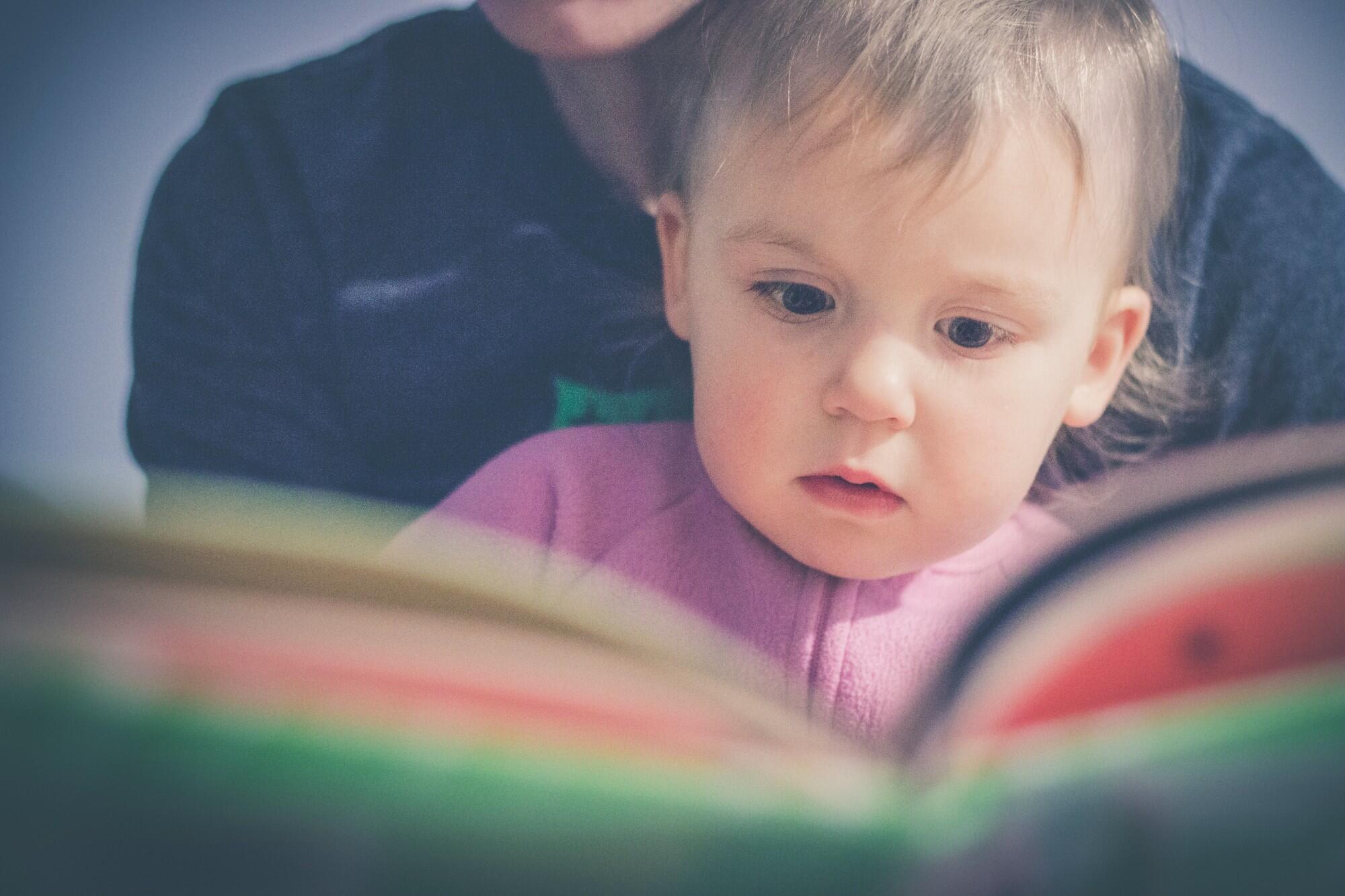Reading is essential, but not everyone finds it easy or enjoyable. For reluctant readers, traditional methods often fall short. Using multisensory reading techniques, which engage multiple senses simultaneously, can transform the reading experience.
These techniques can make reading more interactive and fun, helping to build confidence and interest. If you’re looking to support a reluctant reader, read on to discover how multisensory strategies can make a real difference.
Visual Aids
Visual aids are powerful tools in reading comprehension techniques. They help readers understand and remember information. Simple pictures, charts, and diagrams can make complex texts easier to grasp. Using colourful graphics can also keep readers engaged and interested.
For example, a story with well-drawn images helps to bring the narrative to life. Visual aids support the reader by providing context and making connections between ideas. This makes reading a more enjoyable and effective experience.
Auditory Elements
Auditory elements are another important part of literacy improvement strategies. They involve using sound to help with reading. Listening to a story being read aloud can make the text more engaging. It helps readers understand how words are pronounced and how sentences flow.
Audiobooks and read-along apps are great tools for this. When readers hear the text while reading it, they can better understand difficult words. Rhymes and songs also make learning new words fun. These auditory elements together create a richer reading experience and can help boost reading skills.
Tactile Activities
Tactile activities involve using touch to improve reading skills. These activities make reading a hands-on experience. For example, tracing letters in sand or on textured paper can help readers remember letter shapes. Using clay or dough to form letters and words is another tactile method.
This helps build fine motor skills and reinforces letter recognition. Manipulating flashcards with words on them can also make learning more interactive. These simple activities add a physical element to reading, making it more engaging and effective.
Interactive Technology
Interactive technology plays a key role in modern reading techniques. These tools make reading more engaging and fun. E-books often come with animations and sounds that bring stories to life. Interactive reading apps can ask questions, give feedback, and keep track of reading progress.
These apps often include games to help learn new words and ideas. Tablets and computers enable users to tap, swipe, and drag elements on the screen, making reading a hands-on experience. By integrating technology, we can make reading more appealing to reluctant readers.
Multisensory Storytelling
Multisensory storytelling brings stories to life by using sights, sounds, and touch. When telling a story, try using pictures and props to help illustrate the plot. Adding music or sound effects can make the experience more exciting. You can also encourage children to participate by acting out parts of the story.
This hands-on approach keeps them engaged and helps them understand the story better. For more ideas, see kids stories and songs that incorporate these techniques.
Learn All About Multisensory Reading Techniques
Multisensory reading techniques make reading fun. They use sights, sounds, and touch to help you learn. These methods are easy and work well for many people. They help you remember and enjoy reading. By using these techniques, you can help anyone become a better reader.
Visit our blog for more!





Be First to Comment